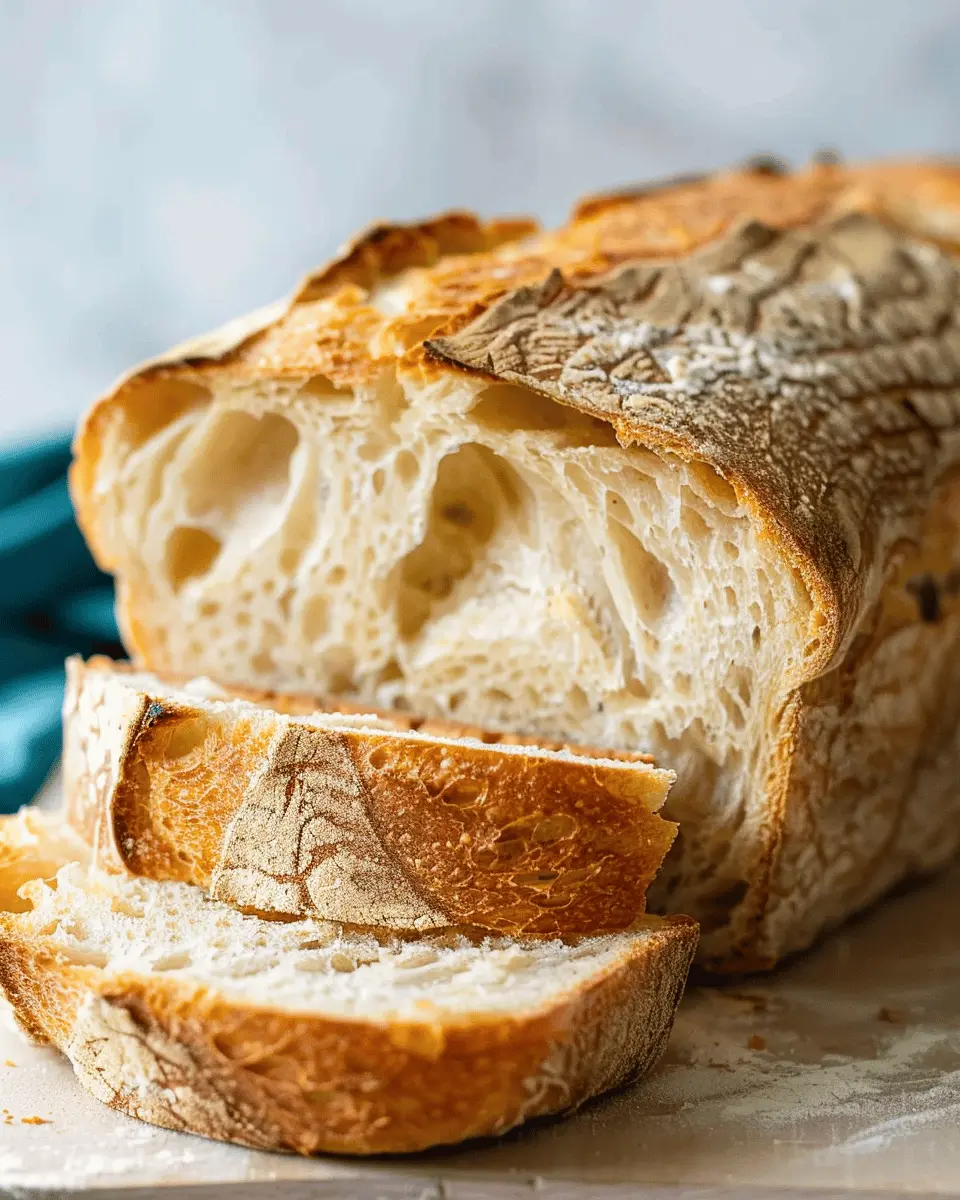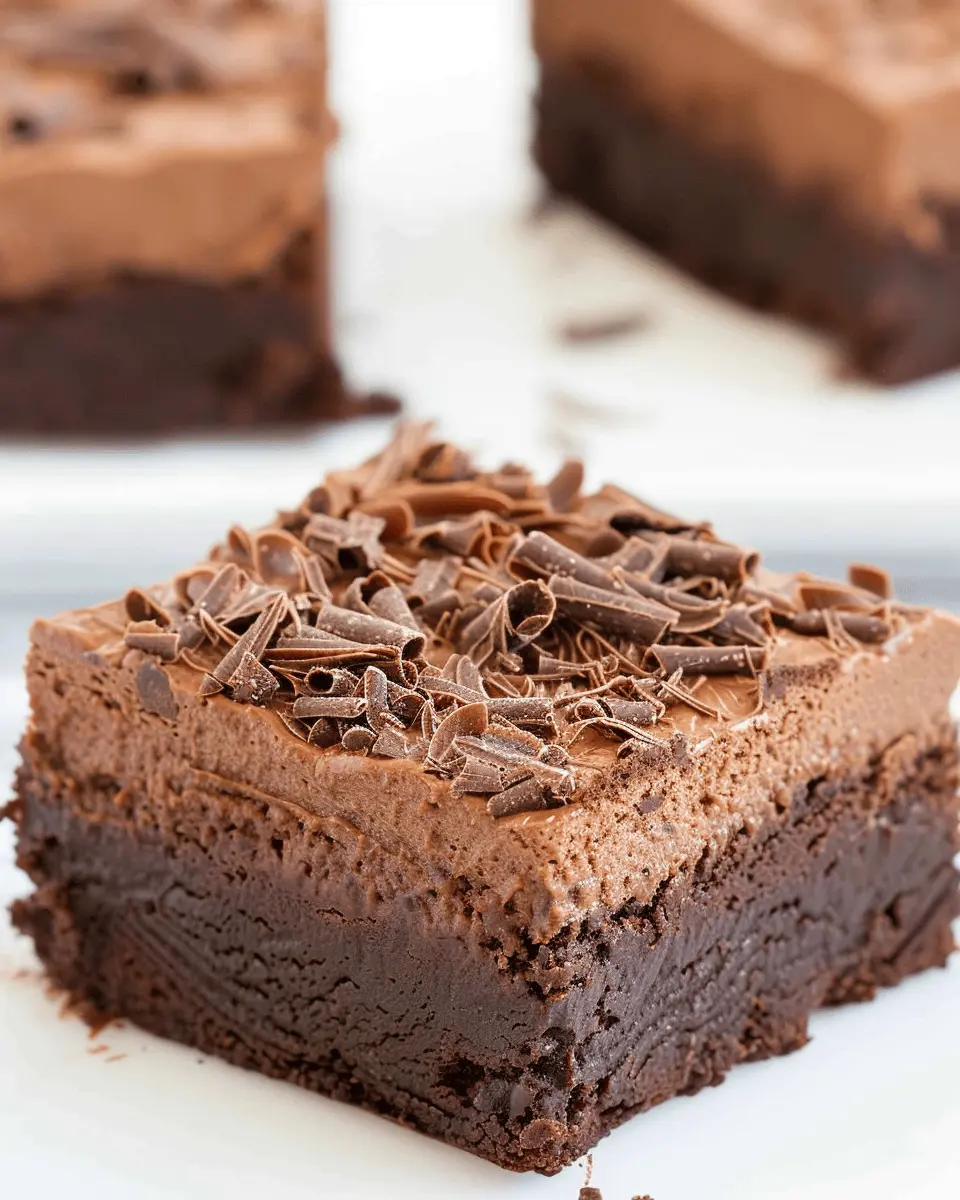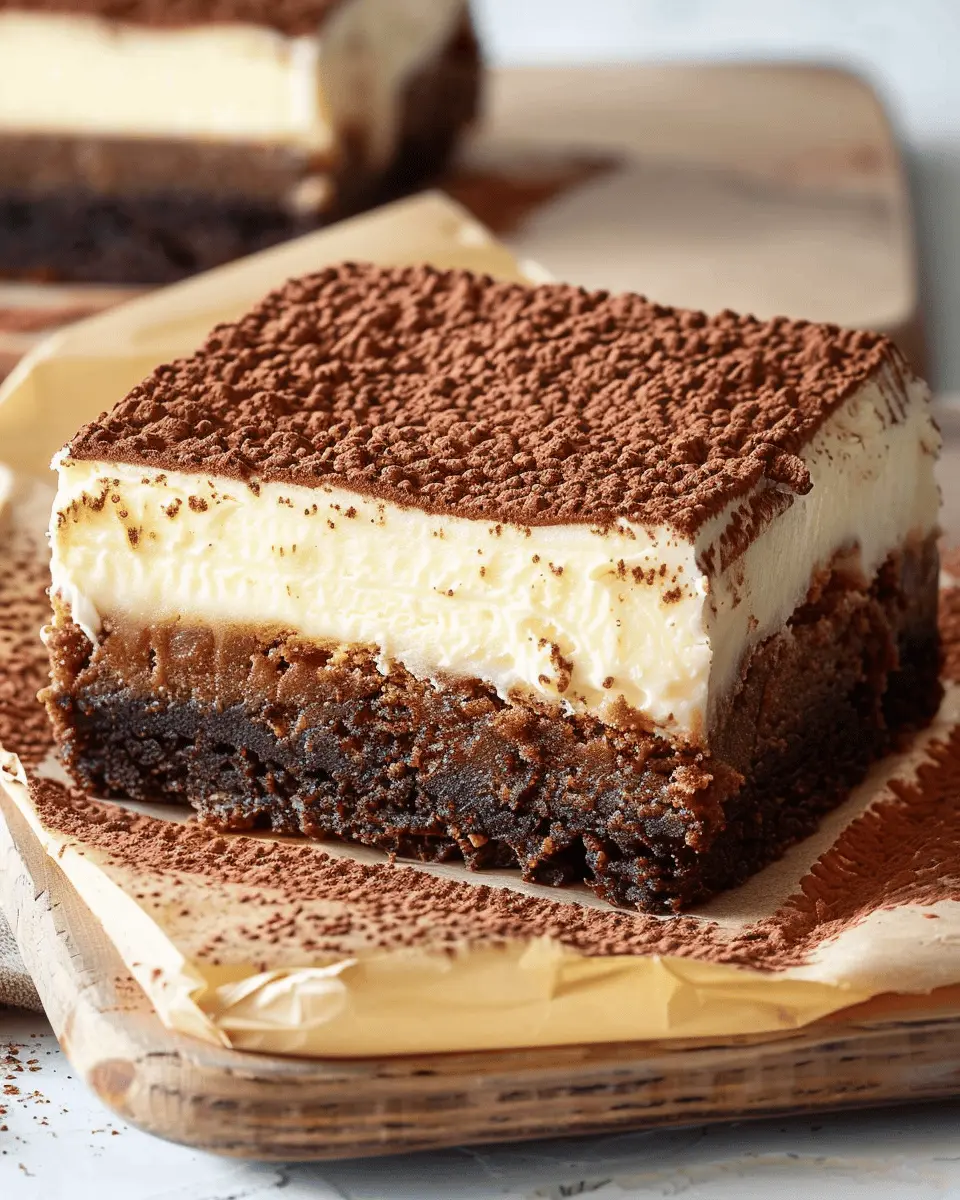Introduction to Soft and Chewy Sourdough Bread
Have you ever walked into a bakery and been greeted by the irresistible aroma of fresh bread? That’s the magic of sourdough bread—soft, chewy, and simply delightful. But what if you could recreate that experience right in your own kitchen? Making your own soft and chewy sourdough bread is not only a rewarding culinary adventure; it’s also a fantastic way to impress friends and family.
Why Make Sourdough Bread at Home?
There’s something deeply satisfying about baking your own bread. Here are a few reasons why you should consider giving it a try:
-
Control Over Ingredients: When you make your own bread, you get to decide what goes in it. This means using high-quality flour, fresh yeast, and perhaps even experimenting with unique flavors. You can also avoid preservatives and additives commonly found in store-bought options.
-
Health Benefits: Sourdough bread is known for being more digestible than conventional bread. Its fermentation process breaks down gluten, making it easier on the stomach while also enhancing the bread’s flavor. According to studies from sources like the Journal of Agricultural and Food Chemistry, sourdough fermentation can increase the availability of nutrients like magnesium and iron.
-
A Fun Challenge: Baking sourdough can feel like a rite of passage for many home cooks. It requires patience and a bit of practice, but the payoff—a loaf of soft and chewy bread—is oh-so-rewarding. Plus, the rituals of mixing, kneading, and shaping the dough can be incredibly therapeutic.
-
Sharing Moments: Imagine sharing a gorgeous loaf of homemade sourdough with friends during a cozy gathering or a lazy Sunday brunch. It’s not just about the bread but the memories you create around it.
If you’re wondering where to start, look no further! With just a handful of ingredients and some simple techniques, you’ll be well on your way to mastering the art of soft and chewy sourdough bread. So, roll up your sleeves and get ready to embark on this delicious journey!
For more on the health benefits of sourdough, check out this informative article from Healthline. And to better understand the science behind fermentation, visit the Food and Agriculture Organization’s insights on bread-making.

Ingredients for Soft and Chewy Sourdough Bread
Essential Ingredients for Your Dough
Creating soft and chewy sourdough bread isn’t just about the technique; it starts with choosing the right ingredients. Here’s what you’ll need:
- All-purpose flour: This forms the foundation of your dough. Look for high-protein flour for the best results.
- Water: Use filtered or bottled water to ensure no chlorine interferes with the fermentation process.
- Active sourdough starter: A healthy starter is key! It provides natural yeast and lactic acid bacteria for flavor and rise. If you don’t have one, check out this guide on creating your own.
- Salt: It enhances flavor and strengthens gluten, providing structure. Use fine sea salt for even distribution.
Recommended Equipment for Bread Making
To achieve the best results when making soft and chewy sourdough bread, having the right tools is essential. Here’s a quick list:
- Mixing bowl: A large, sturdy bowl for mixing your ingredients.
- Dough scraper: Handy for folding your dough and keeping it manageable.
- Dutch oven: This simulates a professional bread oven, trapping steam for that perfect crust.
- Digital scale: Accurate measurements make a world of difference in baking.
With these ingredients and tools, you’re on your way to creating a delicious loaf that will impress your friends and family alike! For additional tips on sourdough baking, consider checking out expert resources from King Arthur Baking.
Step-by-Step Preparation of Soft and Chewy Sourdough Bread
Making soft and chewy sourdough bread from scratch is an incredibly rewarding process, offering both the challenge of baking and the joy of enjoying a delicious reward. If you’re ready to embark on this delightful culinary journey, let’s break down each step for you.
Combine Your Starters and Wet Ingredients
To kick things off, gather your sourdough starter. Ensure it’s active and bubbly, which indicates it’s alive and ready to work its magic in your dough. Mix about 50 grams of starter with 300 grams of lukewarm water in a large bowl. This is where the magic begins! This mixture is the foundation of your soft and chewy bread, so take a moment to appreciate the bubbly texture. If you’d like to deepen your understanding of starters, check out this resource on sourdough starters from King Arthur Baking.
Mixing in the Flour and Salt
Absorb the aromas and look at the texture as you add 500 grams of bread flour into the bowl with your wet ingredients. Don’t forget to sprinkle in 10 grams of salt at this stage—it’s crucial for flavor and strengthens the dough’s structure. The goal here is to combine everything until no dry flour is visible. It doesn’t need to be smooth yet; that’s the beauty of making soft and chewy sourdough bread—it’s all about the process.
The Autolyse Period Explained
Now, let the dough rest for about 30 minutes. This stage is called the autolyse. By letting the flour hydrate, you’ll enhance the dough’s extensibility and develop gluten more effectively. While waiting, you can start dreaming about the delicious bread you’ll create. Plus, this step allows you to clean your workspace or prep your baking surface!
Stretch and Fold Technique
Once your dough has rested, it’s time to incorporate the stretch and fold technique. With wet hands (to prevent sticking), grab one side of the dough and stretch it up and over itself, turning the bowl slightly each time. Repeat this process about four times until you’ve gone around the bowl. This step helps build strength and structure in your dough without the need for intensive kneading. Just imagine how satisfying it’ll feel to see that rise!
Forming the Dough
After stretching and folding for a couple of hours (repeating the technique every 30 minutes), it’s time to shape your dough. Gently scrape it out onto a lightly floured surface and shape it into a round ball. Allow it to rest for about 20 minutes before you proceed to the next step. This resting period is key, as it lets the gluten relax, making it easier to shape.
Overnight Refrigeration Process
Now, for the secret weapon: the overnight fermentation in the refrigerator. Place your shaped dough in a well-floured proofing basket or bowl, cover it with a damp cloth, and toss it in the fridge. This slow fermentation is what enhances the flavor profile of your soft and chewy sourdough bread—the longer, the better!
Prepping for Baking
The next day, take your dough out of the refrigerator and let it rest at room temperature for about 30-60 minutes. Preheat your oven to 450°F (232°C) and ensure you place a Dutch oven or baking stone inside to heat up. This will create steam, which helps achieve that perfect crust. If you haven’t yet, this is a great time to check on some professional tips from baking experts on how to prepare for the best sourdough baking.
Scoring and Baking Your Bread
Once your dough is ready, it’s time for the final flourish: scoring! Using a sharp blade or lame, make a few slashes on the top of your dough. This simple act allows steam to escape and gives unique designs to your bread. Carefully transfer the dough into your preheated Dutch oven (don’t forget to add a splash of water for steam), cover it, and bake for 30 minutes. Then, remove the lid and let it bake for an additional 15-20 minutes until golden brown. The aroma filling your kitchen will be nothing short of intoxicating!
Once done, let your bread cool on a wire rack before slicing. Each bite of your soft and chewy sourdough bread will have made the effort worth it. Enjoy!

Variations of Soft and Chewy Sourdough Bread
When it comes to soft and chewy sourdough bread, the basic recipe is just the beginning! You can easily customize it to reflect your personal taste or to pair perfectly with your meals. Let’s explore some delightful variations that can make your loaves even more impressive.
Adding Herbs and Spices
Infusing your dough with herbs and spices is an effortless way to elevate your soft and chewy sourdough bread. Consider mixing in:
- Fresh herbs like rosemary or thyme for a fragrant twist.
- Garlic powder or onion powder for a subtle flavor kick.
- Cinnamon or nutmeg for a hint of warmth, especially if you plan to enjoy it with sweet toppings.
Experimenting with these ingredients can turn your bread into a stunning side dish or a tasty foundation for sandwiches. For example, a rosemary-infused loaf pairs beautifully with a rich tomato soup or can make a flavorful sandwich when topped with chicken ham.
Incorporating Nuts and Dried Fruits
Adding texture and flavor can transform your soft and chewy sourdough bread into something truly special. Think about including:
- Walnuts or pecans for a nutty crunch.
- Dried cranberries or apricots to contribute a touch of sweetness.
These additions not only make your bread more interesting but also enhance its nutritional profile. Nuts provide healthy fats, while dried fruits add natural sweetness and fiber, making it a more balanced option. Pair a slice of this delicious bread with your morning coffee or enjoy it as a quick snack throughout the day. Looking for more tips on which nuts or fruits work best? Check out this guide for inspiration!
With these variations, you can take your soft and chewy sourdough bread from simple to spectacular, impressing friends and family with each delectable bite. So, which variation will you try first?
Baking Tips and Notes for Soft and Chewy Sourdough Bread
Creating soft and chewy sourdough bread can be a delightful experience, but a few tips can elevate your game.
Key Factors for Perfect Texture
Achieving that ideal texture comes down to a few essential factors:
- Hydration Level: Higher hydration (around 75% or more) yields a softer crumb. Don’t be afraid to experiment with water content in your dough.
- Kneading Technique: Ensure you’re incorporating air into your dough through proper kneading. Try the stretch-and-fold method to develop gluten without overworking the dough.
- Fermentation Time: Patience is key! A longer bulk fermentation results in a more developed flavor and texture.
For additional insights, check out resources from experts like King Arthur Baking or The Perfect Loaf—they offer valuable tips on achieving the ideal sourdough.
Troubleshooting Common Issues
Sometimes your bread might not turn out quite as expected. Here are a few common issues:
- Dense Bread: Check your starter’s activity. It may not be bubbly enough if your bread is too dense.
- Dry Crust: If your crust is lacking moisture, consider steaming your oven or adding a pan of water during baking.
- Overly Gummy Texture: This could be due to under-baking. A hollow sound when tapping the bottom should confirm it’s done.
With these tips in hand, you’re well on your way to mastering soft and chewy sourdough bread. Happy baking!

Serving Suggestions for Soft and Chewy Sourdough Bread
How to Enjoy Your Freshly Baked Bread
Freshly baked soft and chewy sourdough bread is a delight, and there are countless ways to savor it! Enjoy it warm with a slather of creamy butter or your favorite spreads like avocado or hummus. For a quick snack, try toasting sliced bread and drizzling it with olive oil and a sprinkle of sea salt.
Pairing Ideas for Different Meals
When it comes to meals, your bread can elevate your dining experience:
- Breakfast: Toast topped with scrambled eggs and turkey bacon makes for a hearty start.
- Lunch: A classic grilled cheese featuring gooey cheese and chicken ham pairs perfectly.
- Dinner: Use slices as a side for a comforting bowl of soup or stew.
You can even create delightful bruschetta by topping slices with diced tomatoes, basil, and a dash of balsamic vinegar.
For more inspiration, check out these delicious sourdough bread serving ideas. How will you enjoy your next batch?
Time Breakdown for Making Soft and Chewy Sourdough Bread
When you’re ready to dive into making soft and chewy sourdough bread, understanding the time commitments involved can make the process much smoother. Here’s how your time will break down:
Preparation Time
Expect to spend about 30 minutes gathering ingredients and mixing your dough. This initial stage is crucial as it sets the foundation for your bread. Make sure to check out this guide on sourdough starter maintenance to help streamline your preparation.
Rising Time
Patience is key! Allow for a bulk fermentation period of approximately 4 to 6 hours at room temperature. This is where the magic happens, as your dough rises and develops flavor.
Baking Time
After shaping, you’ll want to bake your soft and chewy sourdough bread for 30 to 40 minutes. Keep an eye on it as each oven can behave a bit differently.
Total Time
In total, plan for around 5 to 7 hours from start to finish, not including the time needed to prepare your sourdough starter beforehand. The wait will be worth it when you pull that golden loaf out of the oven! Plus, this is a perfect opportunity to brew a cup of your favorite tea or coffee while you await that delightful aroma filling your kitchen.
With a little time and attention, your homemade bread will surely impress!
Nutritional Facts for Soft and Chewy Sourdough Bread
Calories and Macronutrients
When it comes to soft and chewy sourdough bread, knowing what you’re consuming can enhance your enjoyment. A slice typically contains about 80-100 calories, depending on specific ingredients. Here’s the breakdown of the macronutrients:
- Carbohydrates: 15-20g
- Protein: 3-4g
- Fats: 0-1g
These figures can vary slightly based on your add-ins (like seeds or whole grains) and portion sizes.
Key Vitamins and Minerals
What’s amazing about homemade sourdough bread is that it’s not just tasty but also quite nutritious! Here are some key vitamins and minerals typically found in each slice:
- B Vitamins: Vital for energy and metabolism.
- Iron: An essential mineral that supports overall health.
- Magnesium: Important for muscle function and bone health.
For more in-depth nutritional information, resources like USDA FoodData can be handy when you’re tracking your dietary intake.
With a great balance of carbs and nutrients, a slice of your homemade soft and chewy sourdough bread isn’t just a delightful treat; it’s a step toward mindful eating. How will you enjoy yours?
FAQs about Soft and Chewy Sourdough Bread
Baking soft and chewy sourdough bread can come with its own set of challenges. Here, we address some common questions to help you master your loaf!
How can I make my sourdough bread softer?
To achieve that perfect softness, consider the following tips:
- Hydration: Use a higher hydration dough. Adding a bit more water can create steam during baking, resulting in a softer crust.
- Fat Addition: Incorporating a small amount of fat, like olive oil or even butter, can enhance the tenderness of your bread.
- Kneading Technique: Proper kneading develops gluten, which is essential for a chewy texture. Make sure you’re kneading adequately for at least 10-15 minutes.
You can also refer to King Arthur Baking for more in-depth techniques to improve texture.
What can I do if my bread didn’t rise properly?
A flat loaf can be disheartening! Here are some troubleshooting tips:
- Check Your Starter: Ensure your sourdough starter is active and bubbly. A sluggish starter can lead to insufficient rise.
- Temperature Matters: A too-cool environment can slow fermentation. Aim for a warm, draft-free spot when letting your dough rise.
- Patience is Key: Sometimes, bread just needs more time. Give it a bit longer, especially if your kitchen is on the cooler side.
How should I store my sourdough bread?
For optimal freshness, store your soft and chewy sourdough bread:
- Paper Bag: Keep your bread in a paper bag at room temperature for a few days. This helps maintain the crust.
- Freeze for Longevity: If you won’t finish it in a couple of days, slice and wrap your bread in plastic, then place it in an airtight container before freezing.
Keep these factors in mind, and soon you’ll be savoring delightful slices of your homemade creation!
Conclusion on Soft and Chewy Sourdough Bread
Baking your own soft and chewy sourdough bread can be a truly rewarding experience! If you’ve never tried it before, now is the perfect time to dive in and enjoy the process. This fantastic bread not only fills your kitchen with a comforting aroma but also allows for a bit of culinary creativity. Don’t be afraid to explore different flavor combinations by adding herbs, nuts, or even seeds to personalize your loaf.
Remember, every baker starts somewhere—so embrace those imperfections and watch your skills grow! For helpful tips on maintaining your starter, check out Breadtopia and other baking resources. Happy baking!
PrintSoft and Chewy Sourdough Bread: The Best Homemade Delight
Learn how to make the perfect soft and chewy sourdough bread from scratch with this easy recipe.
- Prep Time: 20 minutes
- Cook Time: 35 minutes
- Total Time: 6 hours
- Yield: 1 loaf 1x
- Category: Bread
- Method: Baking
- Cuisine: American
- Diet: Vegetarian
Ingredients
- 3 cups all-purpose flour
- 1 1/2 cups water
- 1/2 cup sourdough starter
- 1 1/2 teaspoons salt
Instructions
- In a large bowl, mix the sourdough starter with warm water.
- Add the flour and salt, and stir until a dough forms.
- Knead the dough on a floured surface for about 10 minutes until smooth.
- Place in a greased bowl, cover, and let rise for 4-6 hours.
- Shape the dough and let it rise again for 1-2 hours.
- Bake in a preheated oven at 450°F for 30-35 minutes.
Notes
- For a crustier loaf, place a pan of water in the oven while baking.
- Let the bread cool completely before slicing for best results.
Nutrition
- Serving Size: 1 slice
- Calories: 150
- Sugar: 0g
- Sodium: 300mg
- Fat: 1g
- Saturated Fat: 0g
- Unsaturated Fat: 0g
- Trans Fat: 0g
- Carbohydrates: 30g
- Fiber: 1g
- Protein: 5g
- Cholesterol: 0mg
Keywords: Soft and Chewy Sourdough Bread Made from Scratch












